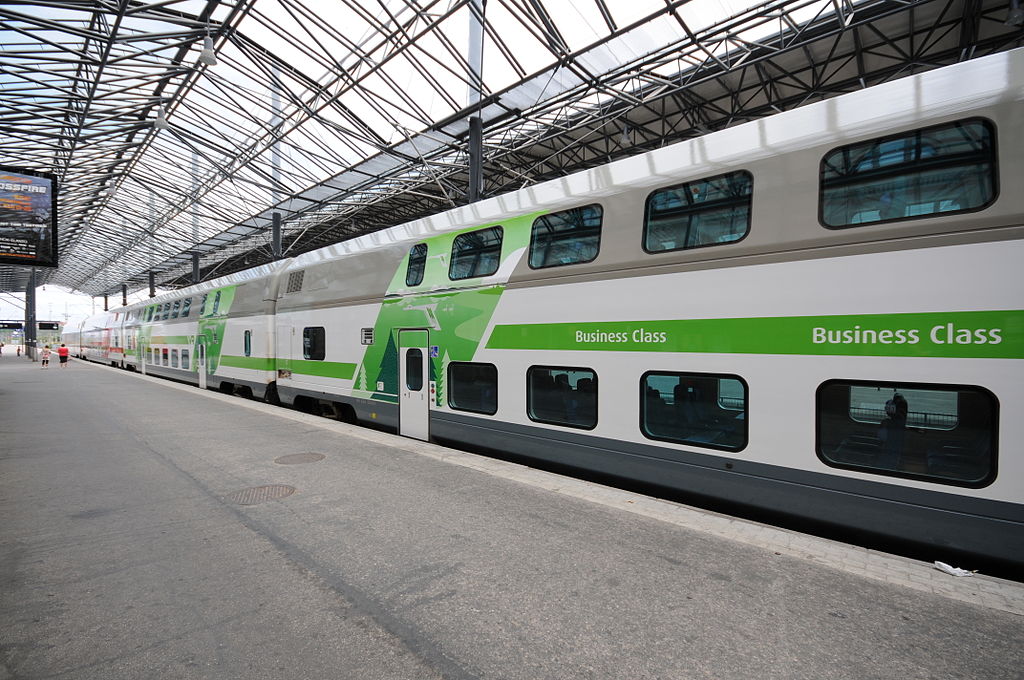VIA Rail's procurement process to modernize maintenance centres in Montréal and Toronto moves to second phase
NEWS PROVIDED BY
VIA Rail Canada Inc.
Dec 04, 2020, 10:45 ET
MONTRÉAL, Dec. 4, 2020 /CNW Telbec/ - VIA Rail Canada (VIA Rail) is delighted to announce that it launched on November 30th, the second phase of its procurement process to modernize its maintenance centres in Montréal and Toronto in preparation for the arrival of its new Québec City-Windsor corridor fleet.
Following the Request for qualifications, launched in January 2020, five companies have been selected to participate in two separate Request for proposals (RFP) processes and will need to submit their respective proposals by July 2021 (for the Toronto Maintenance Centre) and August 2021 (for the Montréal Maintenance Centre):
- Aecon Infrastructure Management Inc.
- Buttcon Limited
- EllisDon Corporation
- Kenaidan Contracting Ltd.
- Pomerleau Inc.
"Despite the pandemic, we have continued to work on our large-scale modernization projects, which will transform passenger rail service in Canada; this announcement is proof of the progress we are making. This is, in fact, another example of how we are getting closer to completing one of the building blocks of our High Frequency Rail project, which will offer more frequencies and connect more communities to our network," said Cynthia Garneau, President and Chief Executive Officer. "The Federal government's investments in VIA Rail will allow us to stimulate the economy both in the short and long term, while also supporting an environmentally sustainable recovery by having an impact on the reduction of road congestion, and, therefore, on greenhouse gas emissions."
The project to modernize the maintenance centres in Montréal and Toronto is part of the Corridor Fleet Replacement Program, for which funds were allocated in the Federal government's 2018 budget.
VIA Rail will conduct fair, open and transparent RFP processes and in line with industry best practices. In addition, an independent Fairness Monitor has been appointed to ensure that the RFP processes will be executed with the utmost diligence and fairness. VIA Rail will be supported by a team of technical, financial and legal experts throughout the processes.
The following criteria will be used when selecting the firms during the procurement process: price and quality, which includes, amongst others, construction schedule and safety.
The scope of work for the project includes:
- A combination of constructing new buildings and making facility infrastructure upgrades at both centres, including architectural, civil, structural, mechanical, electrical and communication engineering systems.
- Supplying and installing train set maintenance equipment to support the new and existing fleets.
The first train set of the new Corridor fleet is expected to be commissioned into revenue service in 2022.
Useful links:
About VIA Rail
As Canada's national rail passenger service, VIA Rail (
viarail.ca) and all its employees are mandated to provide safe, efficient and economical passenger transportation service, in both official languages of our country. VIA Rail operates intercity, regional and transcontinental trains linking over 400 communities across Canada, and about 180 more communities through intermodal partnerships, and safely transported over 5 million passengers in 2019. The Corporation has been awarded five Safety Awards and three Environment Awards by the Railway Association of Canada since 2007. Visit the "About VIA Rail" section at
https://www.viarail.ca/en/about-via-rail.
Follow VIA Rail
Twitter @VIA_rail
Facebook viarailcanada
Instagram @viarailcanada
VIA: the blog
SOURCE VIA Rail Canada Inc.
For further information: Source: Ben Marc Diendéré, Chief Public Affairs and Communications Officer, VIA Rail Canada ; Information: Media Relations, VIA Rail Canada, 1 877 393-8787,
medias@viarail.ca
Related Links
http://www.viarail.ca/












